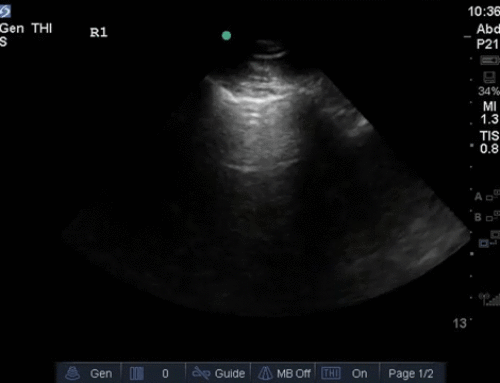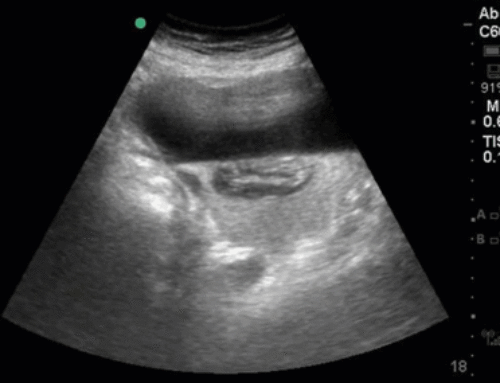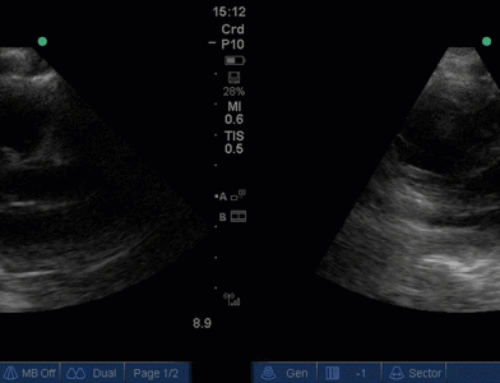One of the distinct advantages of point of care ultrasound is the ease of repeatability. This, along with the value of $1000 in tPA in reducing somebody’s intermediate term likelihood of developing thromboembolic disease associated pulmonary hypertension, is well captured here.
[wpvideo N1nSWgHK]
This patient had a submassive PE – right heart strain in the absence of shock. Literature would suggest the benefit of thrombolysis here is in the reduction in medium to long term disability from VTE-induced pulmonary hypertension. As bleeding risk is not zero, getting physicians and patients to buy in to the front end risk of serious bleeding for a long term benefit (that may or may not be recognized by the patient, depending on their activity level), makes this a challenging decision for the naturally risk averse practices that many adopt. The right answer is patient specific and with increasing use of point of care echo to stratify pulmonary embolism, as one gains proficiency in this skill, one should be prepared to have this discussion more and more.




